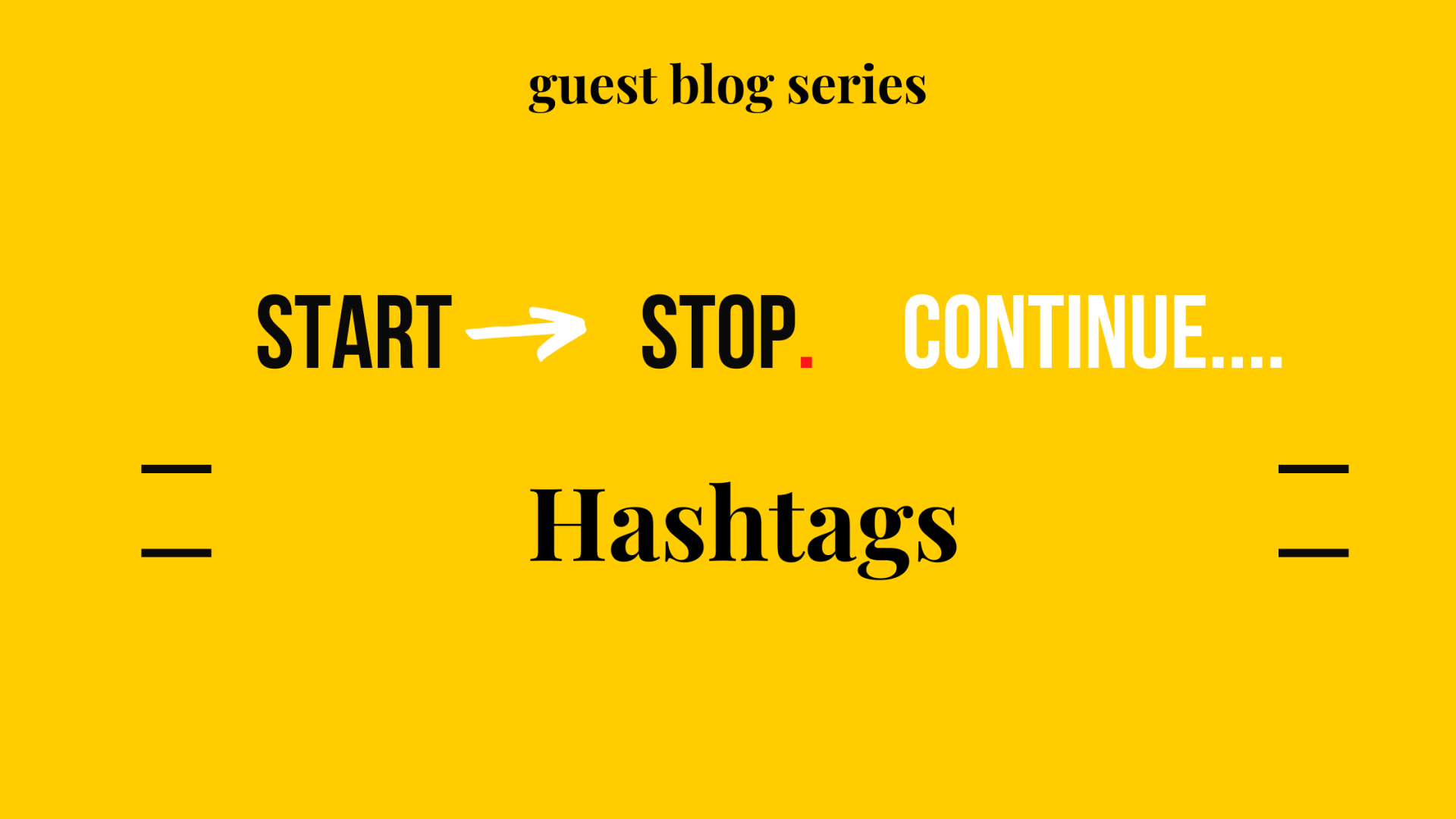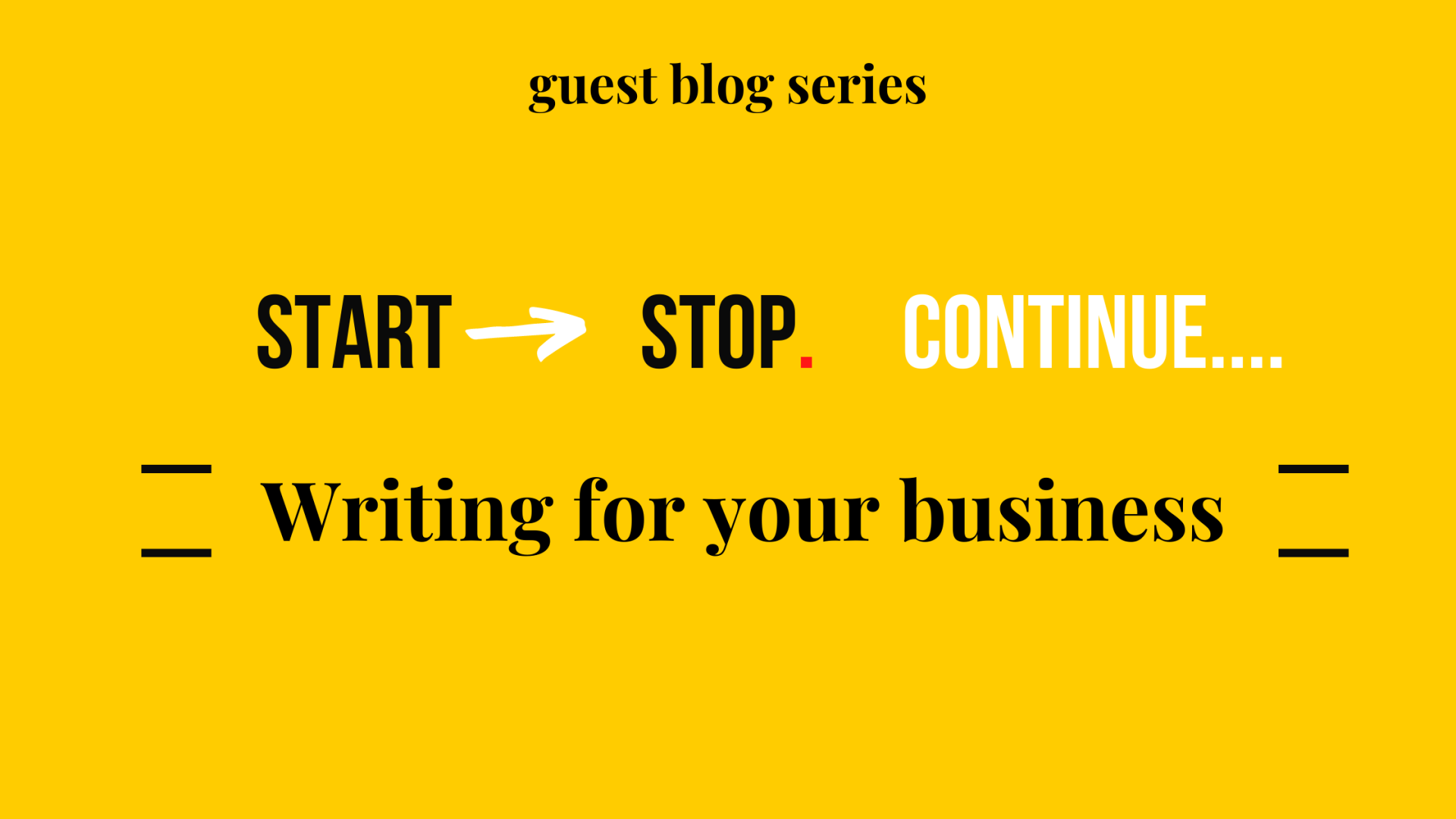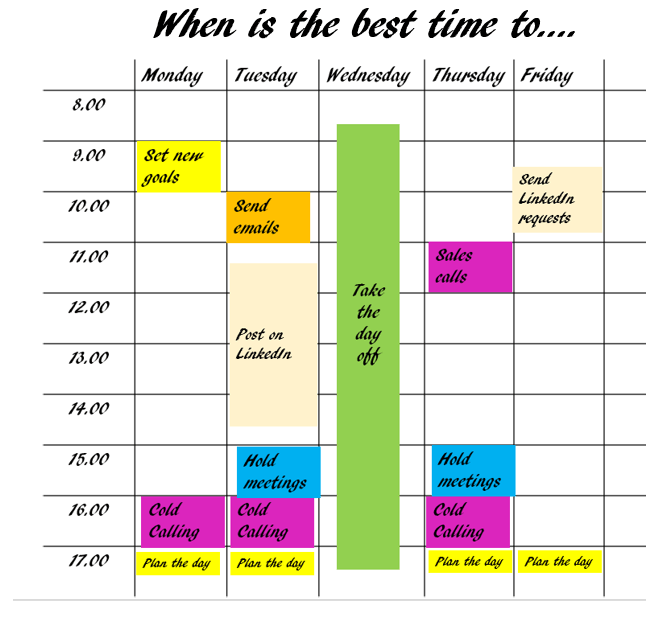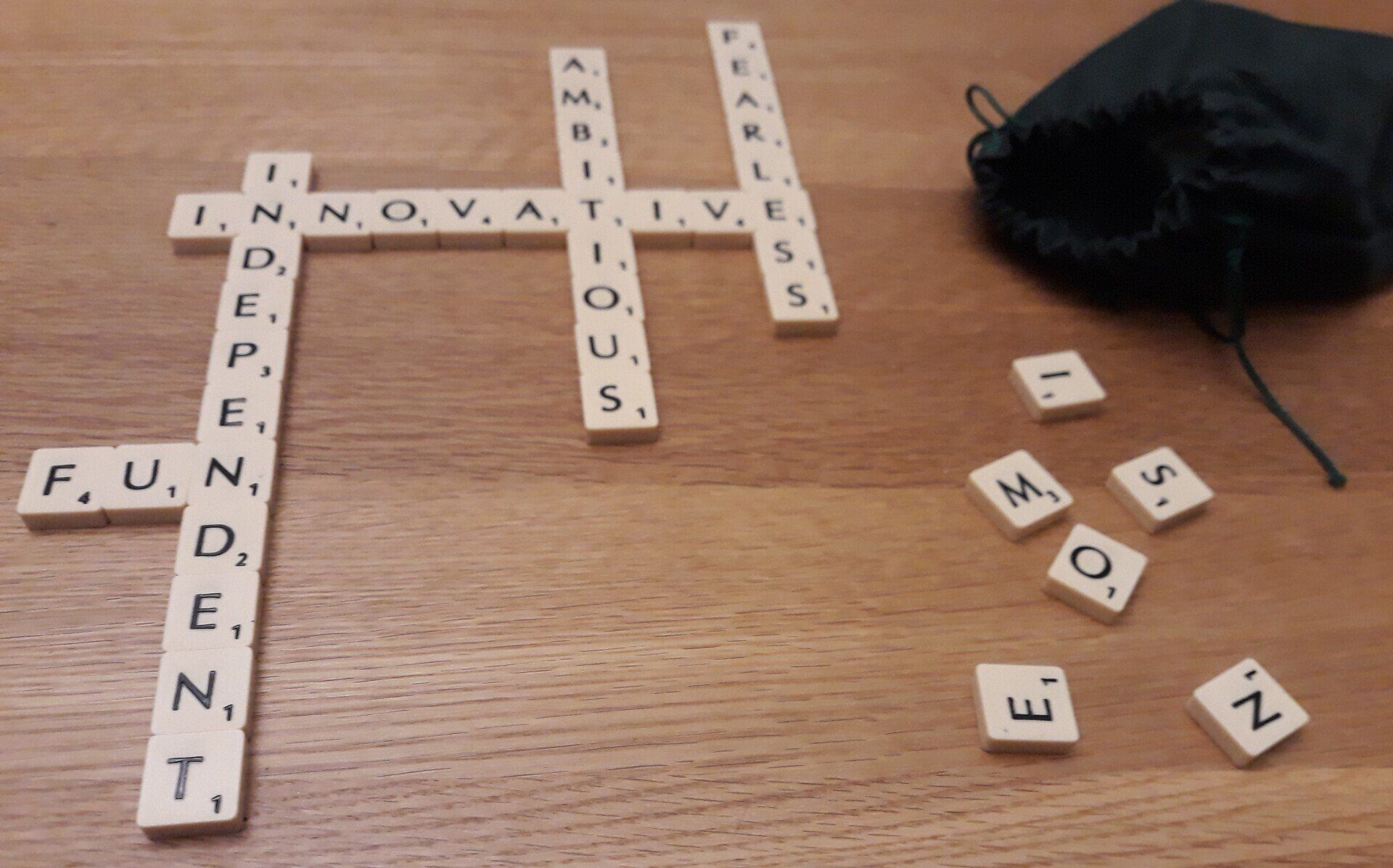Start, STOP, Continue.... Hashtags
Start, STOP Continue… is a series of guest blogs written by Yorkshire based experts sharing 3 key tips on what to Start, Stop & Continue to develop in this area.

Sharing their expertise in this issue is Rachel Moore from Harrogate, a social media training, management & marketing specialist.
Rachel, when it comes to hashtags what is the one thing we should start doing right now?
"Hashtags are a popular subject that I get asked about a lot! but before I dive in let me explain what a hashtag is and how they work. A hashtag is simply a keyword that relates to the content you are writing about in your post. It can also refer to your brand, location, audience, community or industry as I explain later in this article.
What are hashtags and how do they work
"Once the keyword is preceded with the # symbol it becomes a hyperlink (i.e. it’s clickable). Hashtags have no spaces or punctuation and can be either all lower case or have initial capitalisation.
When you click on the hashtag it links you through to a separate page where you will be able to view all the posts that have been written which have used the same hashtag. The same way folders work in a filing system, they keep everything that’s related together. This makes it really easy for platform users to find the content they want by simply searching a specific hashtag.
An example of this might be if you wanted to know what was being posted on social media about energy prices. All you would do is type in #energyprices into the search bar of any social media platform. All the posts that have been written about energy prices that include the #energyprices will show up on that page.
So hashtags are 1) a way for platform users to cut through the noise and go directly to the content they want to see by simply searching a specific hashtag and 2) if you use multiple hashtags on your posts then your post won’t just appear on your business page or profile wall, it will also appear on the pages of each respective hashtag providing your post with additional ways of being seen and potentially by new audiences."
Thanks for that Rachel, so what is the one thing we should be doing with hashtags to make them work for our business?
"Research hashtags before you use them. It’s really important to do this and it’s a very under-used strategy. As a business you want your posts to be seen by the right audience – your potential customers or clients. If you use the wrong hashtag then you could potentially be wasting your time.
Let me give you an example – When I first set up my business I wanted to use the hashtag #RMSM (Rachel Moore Social Media) as my business brand hashtag. I did the research only to find that on Facebook #RMSM is used by Real Madrid Supporters Myanmar. That thread is all about football. Who is going to want to see my social media posts in there – nobody!
Another example might be #sick – now to me sick means being ill or not feeling very well but to the youngsters, sick means something is really good, cool or impressive. If I was feeling ill would I want my posts next to a post raving about something really cool! Now can you see why researching the hashtags is so important? Make sure you think about the audience that you want to see your hashtags. Use the hashtags that they will be looking at."
On the flip side, what should we STOP doing?
"Stop auto posting from Instagram to Facebook without editing the hashtags.
Not only does it look terrible, it shouts out lazy auto posting as well as, I don’t know what I’m doing! You’re speaking Instagram on Facebook, that’s like speaking French to a German! Plus if you use too many hashtags on Facebook and LinkedIn the algorithm may well flag up your post as spam and reduce the amount of people it shows it to."
Take time to learn the requirements of each platform and give the algorithm what it wants
"Instagram encourages you to use plenty of hashtags but LinkedIn, Facebook and Twitter recommend just 2 a maximum of 3. These platforms work, and use hashtags in a different way to Instagram."
Finally, what’s a valuable activity that we should continue doing or do more of?
Make your use of hashtags more effective through research and planning. When I do hashtag research for clients I create an excel sheet or a word document with a table and add 8 columns – see example below.

"Column A is for the hashtag keyword itself
Column B is for the amount of posts relative to that hashtag on Instagram
Column C is for relevance - is the hashtags relevant to my audience?
Column D is for the amount of Facebook posts associated with that hashtag
Column E is for relevance – are the posts in that thread relevant to my business? Is it the right audience viewing those posts?
Column F is for the amount of LinkedIn people following the hashtag
Column G is for relevance – again are the posts in that thread relevant to my business? Is it the right audience viewing those posts?
Column H is for relevance of the posts on Twitter
I usually start with Instagram so columns 1, 2 and 3 relate to Instagram. I then start adding in the hashtags one by one to the document. Then I search the chosen hashtags, one by one, to see how many posts come up. I add the number of posts into column 2 and then look at the other posts in the thread and see if they are relevant and put a Y (yes) or N (no) in column 3.
Once you have done your keyword research you can then start looking at how popular the hashtags are. Some will have just a few hundred posts and some will have millions. Try to avoid overly popular hashtags as your post will very quickly get buried in amongst them and won’t be visible for very long. Aim for hashtags with 10,000 to 250,000 posts rather than ones that have millions. If you feel you need to include an industry specific one and it’s very popular then do if you feel it’s necessary. I sometimes add in #socialmedia.
It may take you a few hours initially to do the research but once it’s done you can refer to it over and over again and you now know that your hashtags are the right ones, maybe adding in the additional researched hashtag as you come across them.
You will also want to check the analytics to see which hashtags are performing the best. There are basic analytics on Instagram through view insights as shown below but if you use a tool like www.later.com to do your scheduling then the paid version offers a far more in- depth analysis of hashtags."

Hashtag categories - How to find the right hashtags
"There are 6 different hashtag types: Audience, Industry, Community, Content, Location, Branded. Think about your business across these different categories can produce a good range of hashtags to research.
Audience
These relate directly to your audience or what your audience might be searching for. For example in my industry it might be: #socialmediatraining #smallbusinessowner #socialmediatips
Industry
These relate directly to your specific industry. My industry example might be: #socialmedia #digitalmarketing #socialmediamarketing
Community
Might refer to communities that have been formed to help each other: #smallbusinessowners #entrepreneursofinstagram
#independentbusinessowners
Content
Relates directly to the specific type of content you are sharing: #howtousehashtags #hashtags #hashtagtips
Location
Relates to where you are located or where you might work: #socialmediauk #harrogatebusiness #harrogate
Branded
Branded hashtags relate directly to your company or company name. #rachelmooresocialmedia #GetMOORESocial
Use a combination of them all. Divide them into groups relevant to specific products or services you have and then keep them in the notes section of your phone so you can copy and paste them into your posts rather than having to type each one out each time.
Make sure you vary them, don’t keep using the same ones on every post and whilst you’re doing your hashtag research make sure you research the latest banned hashtags and make sure you don’t use them.
So there you have it, a whistle stop tour of hashtags, I hope it’s been helpful and if you need any further assistance with your social media then please don’t hesitate to contact me."
Thank you, Rachel, some great advice and practical tips.
If you would like to find out more about Rachel and her work, please take a look at www.rachelmooresocialmedia.com or call her on 07904 007 660 for a free 15 minute discovery call.
Rachel runs live in the room workshops and online challenges as well as offering affordable private, bespoke 1-2-1 social media training on Facebook, Facebook advertising, LinkedIn, Instagram, Twitter, social media strategy, content creation and Mailchimp.
Enjoyed this blog? To receive the latest blogs monthly, direct to your inbox just sign up to my bulletin.










